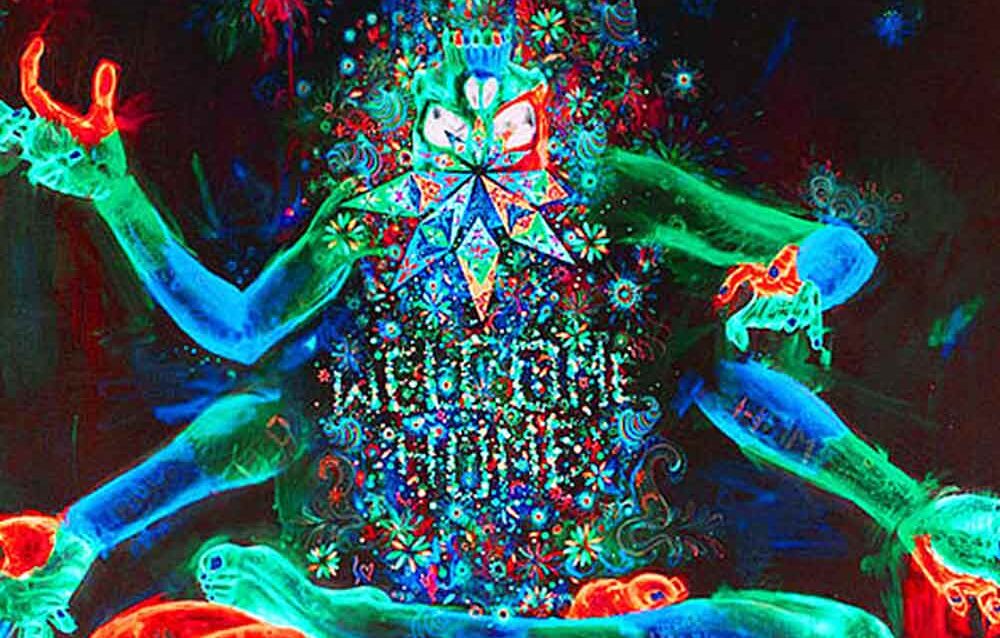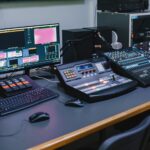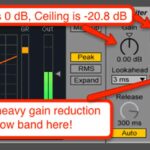It was 2001, I think, when I first got hooked on to psychedelic music as a listener, I still remember the track by Hallucinogen (LSD) released in 1994 that made my mind go places. The acid sounds and the extensive use of the Roland TB 303 and the grittiness of that korg made it for me. After that it was all psytrance for me and every time I heard a track it just eased my mind and I forgot all my problems. It was not until 2010 that I seriously took up production and started producing psytrance music, from releasing morning prog trance to making some night/forest it was all there. Well that’s how it started for me and now there is one genre of music that I just adore and that is PSYCHEDELIC. In this post I will be sharing some tips and useful links to guide you through the complex yet easy process of making this genre. I have been using Ableton live now for 7 years and for me it is the best tool ever, however don’t let that stop you from trying out the new tool’s in the market.
Choosing the right gear for your studio
Make sure you have a computer/laptop and a decent soundcard + monitors to start with. Even a m-audio soundcard will just do fine with a pair of Yamaha monitors or a rocket series for beginners. A compact and affordable midi controller like the axiom is perfect for the start. You don’t need a multi-million dollar studio to start writing music, it can be done with just your laptop and a pair of headphones also. It all depends on your creativity.
Choosing your beat
Psytrance is all about bpm and the sounds that you use in them. Pick the bpm that suits your style best, 130 to 138 is usually progressive, 140 to 145 or 47 can be labeled as morning/full on (again it’s the sounds in the track that will define your style not the bpm) , bpm though however does play a significant part in deciding the sub-genre of psytrance music, for example a hi-tech track is not 130 bpm, or a progressive track is not 150 bpm.
Using sample libraries and loops
Don’t be ashamed of using other people samples/loops, they are only meant to inspire your creation and increase your workflow, be creative, twist or modulate those samples and make them fit your style, use effects, re sample them, chop them or re pitch them, it’s your choice and you have a free hand in doing so. Check out some samples and sound from sites like vengeance, loop master, and Futurephonic
Here is the link
SAMPLE AND MORE SAMPLE
In psytrance sampling is the key to achieving those crazy pitched sounds and making those grid lines. Use a sampler like “simpler” in Ableton live to explore more into turning audio based samples into weird but crazy sounding effects.
EFFECTS AND PLUGINS
Ableton has some mind-blowing effects like the corpus, and Redux and more, use them and see what all you can achieve, also play around with effect racks and make your own unique sounding effects. Check out plugins like the Looperator, Big-seq, Tantra and the Glitch Bitch by vengeance. Using the right kind of EQ and compression is also the key to shaping your tracks dynamics and presence, we will go through them in detail in a later post that I will make, but for now check out the Fabfilter bundle and the inbuilt glue compressor of Ableton.
Synths and more synths
Well synths are an integral part of making your sound and hence cannot be ignored, Ableton has the massive operator in its arsenal and it’s a beast when it comes to making psytrance sounds, use it and you will fall in love with it. Also synths like Sylenth and Serum are perfect for those acid leads and making bass heavy sounds. Futurephonic has just released a serum pack worth buying, so go ahead and explore more.
www.gumroad.com/l/infinitestructures
LINKS TO HELP YOU LEARN MORE
Making your bassline thump
Creating bass with FM
Equipment and Music Creation
Exclusive Interview: Production Techniques Of Infected Mushroom Sound Alchemy




